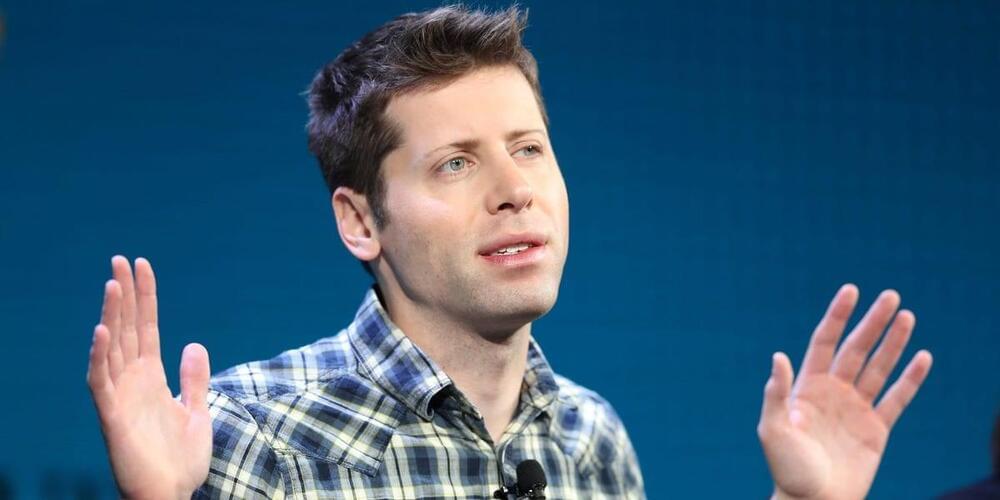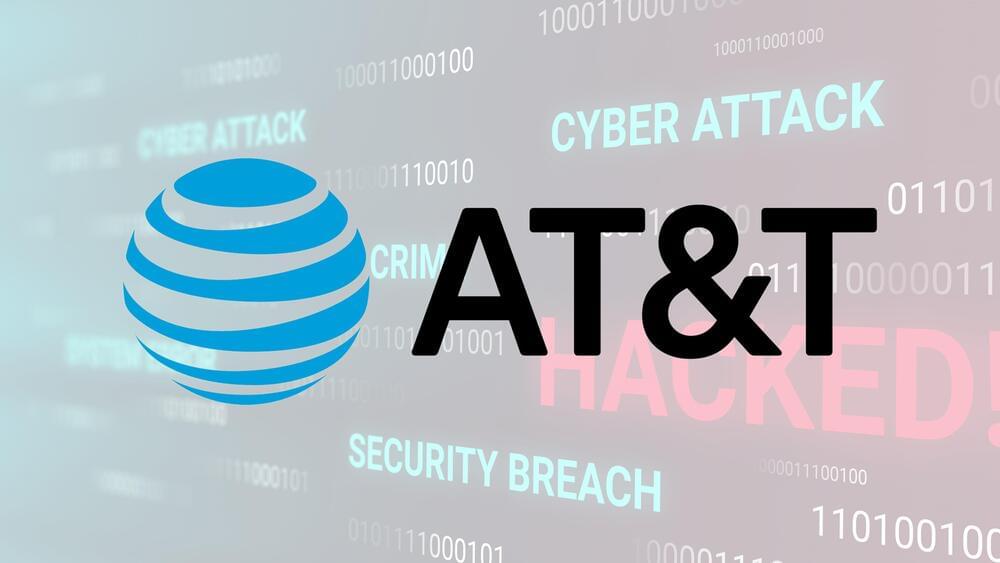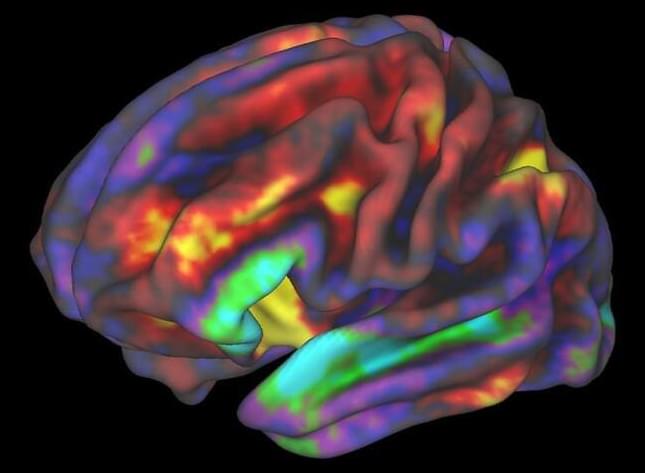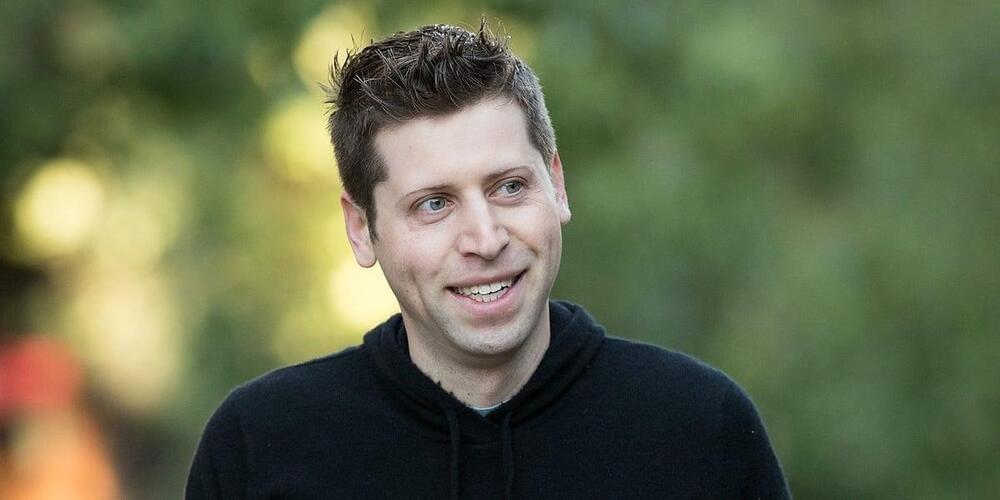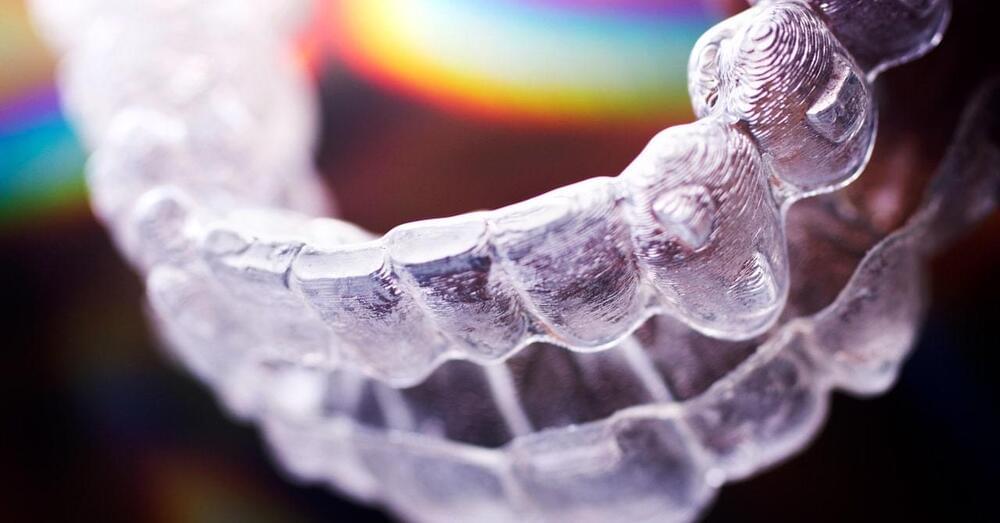Is gravity going to kill us one day?? Join us, and find out!
Subscribe for more ► https://wmojo.com/unveiled-subscribe.
In this video, Unveiled takes a closer look at one of the most unknown threats in the universe — gravitational waves! These incredible structures carry an immense amount of energy, so could they ever end life on Earth? Could they ever destroy the planet entirely? Join us, and find out!
This is Unveiled, giving you incredible answers to extraordinary questions!
Find more amazing videos for your curiosity here:
Quantum Theory PROVES You Never Die — https://youtu.be/78onGajtyZw.
Do We Already Have a Secret Base Hidden on Mars? — https://youtu.be/b9CjNoVvN4k.
0:00 Intro.
